Camping Inspiration: Exploring Scotland's South West Coastal 300 Route
The South West Coastal 300 is a circular touring route around the southwest of Scotland, modelled on the hugely successful North Coast 500 in the Highlands.
It's a fantastic way to discover one of the UK's hidden gems. Scotland’s southwest – Dumfries-shire, Galloway and South Ayrshire – has a coastline with sandy beaches, rocky coves and quaint fishing villages that Cornwall would be proud of.
Inland, there are hills that provide a stiff challenge to walkers and climbers, not to mention hundreds of square miles of forestry and gently rolling countryside where cycling enthusiasts can clock up the miles.
At night, the skies are so inky dark that the area has become one of only four officially-designated Dark Sky Parks in the world, making it a brilliant place for amateur star-gazers to view celestial displays. And it has a rich, fascinating – and at times quite gruesome – history.
Add to the mix the fact that this part of the country enjoys a warmer climate than anywhere else in Scotland and that it is relatively untroubled by the menace of the midge, and you do wonder why it isn’t a far more popular visitor destination.
The Essential Guide to Camping 2021 is your ultimate companion when planning your next trip. Packed with reviews on tents from popular manufacturers including Vango, Coleman, Campingaz, Outdoor Revolution and others, it's the perfect buying guide for the season ahead. Click here to buy your copy.
# What is the route of the South West Coastal 300?
The South West Coastal 300 is a road trip that follows the coast of the southwest of Scotland, through parts of Ayrshire, Lanarkshire and Dumfries and Galloway. It's approximately 300 miles in length and because it’s a circular route, you can start and finish wherever you like.
You could easily spend a week or two following the route exploring what the area has to offer but the beauty of tours like this is that they allow you to see all the highlights in one go, and if you like what you see, you can always come back to explore in more detail.
As the name would suggest, most of the route follows the coastline but there are also plenty of hills, glens, forests and lochs to marvel at. The upside of this area being off the main tourist trail is that the roads are incredibly quiet, especially once you get into the heart of the Galloway countryside.
They say there are more cows than people around here, and as you drive along a hedge-lined country lane or a meandering coastal road, it often feels like there are more tractors than cars!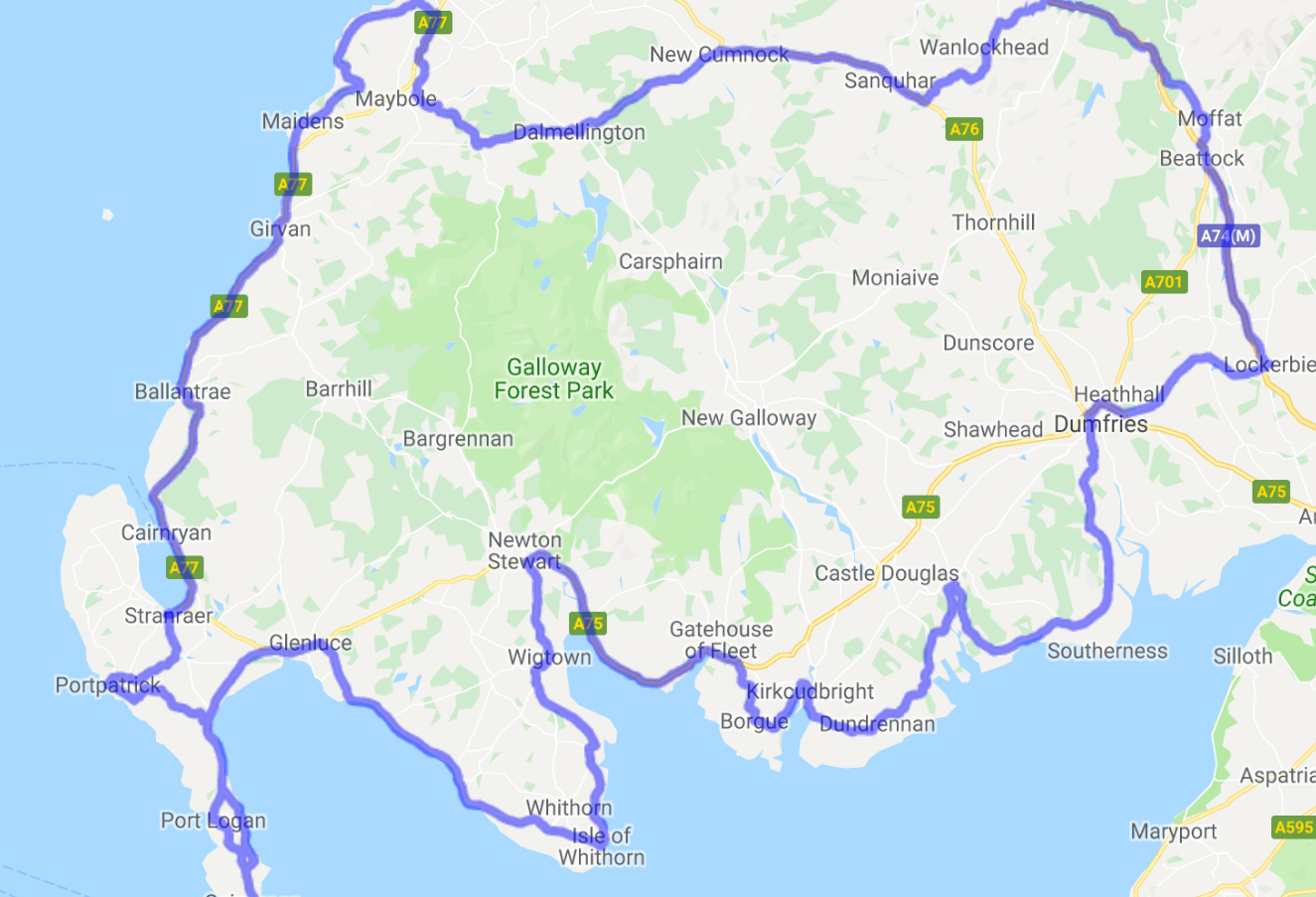
# Planning a camping trip on the South West Coastal 300
Planning your South West Coastal 300 road trip in advance is strongly advised to ensure you get the camping accommodation you need every night.
Decide how long you want to spend driving and then work out how long it will take to get from one place to another to determine where you want to stop.
For this trip, we spent our first night just outside Lockerbie and the next day headed clockwise towards Dumfries, along the Solway coast, and on towards Newton Stewart.
From there we headed to Stranraer – via Wigtown, the Mull of Galloway and Portpatrick – before going north through Ayrshire then through Wanlockhead, along the Mennock Pass in the Lowther Hills to Moffat and then back south to Lockerbie.
DAY 1: LOCKERBIE – CREETOWN (78 miles)
It’s Day One proper of the road trip, and after an early rise and breakfast in the grand surroundings of the campsite at Hoddom Castle, near Lockerbie, we head west in the direction of Dumfries. Despite the drizzly weather, the drive is an absolute pleasure, along quiet roads, through lovely countryside.
Six miles beyond Dumfries, we make our first stop in the little village of New Abbey.
Sweetheart Abbey is a splendid red-sandstone ruin dating back to the 13th century, with a romantic backstory to warm the cockles. After the death in 1268 of Lord John Balliol, the founder of the oldest college in Oxford University, his grief-stricken widow, Lady Dervorgilla of Galloway, had his heart embalmed and placed in an ivory casket which she carried everywhere with her.
On her death, she was laid to rest with her husband's heart in the abbey, which the monks renamed Sweetheart Abbey in her memory. Unfortunately the abbey is closed for stonework repairs when we visit, but we have a look around the outside anyway then spend some time exploring the cemetery. .
After a snack the Abbey Cottage tea room opposite the abbey, we hit the road again following the A710 along the coast for about five miles.
Here we depart from the main road and pay a quick visit to the tiny cottage where John Paul Jones – known as the “Father of the American Navy” – grew up.
Jones famously led a raid on Whitehaven during the Revolutionary War of the 18th century and the little museum here tells his story.
After a quick visit to the village of Southerness, home of Scotland’s second oldest lighthouse, next stop is the vast beach at Sandyhills Bay.
Here we collect shells, chuck stones in the sea and generally run around, before driving along the coast and having a Mr Whippy from the ice cream van at Rockcliffe Bay.
From Rockliffe, the road travels inland for a while, taking us into the small town of Dalbeattie, where we stop for lunch.
After eating, we stumble across the eclectic Dalbeattie Museum, a local history museum, which we like a lot.
Of course, there’s plenty of interesting stuff about the town’s past, including its links with the Titanic. But it’s the social history exhibits that are most interesting. The shelves heave with thousands of curiosities, ranging from matchboxes and milk bottles to old TV sets and telephones. It’s a nostalgia-lover’s dream.
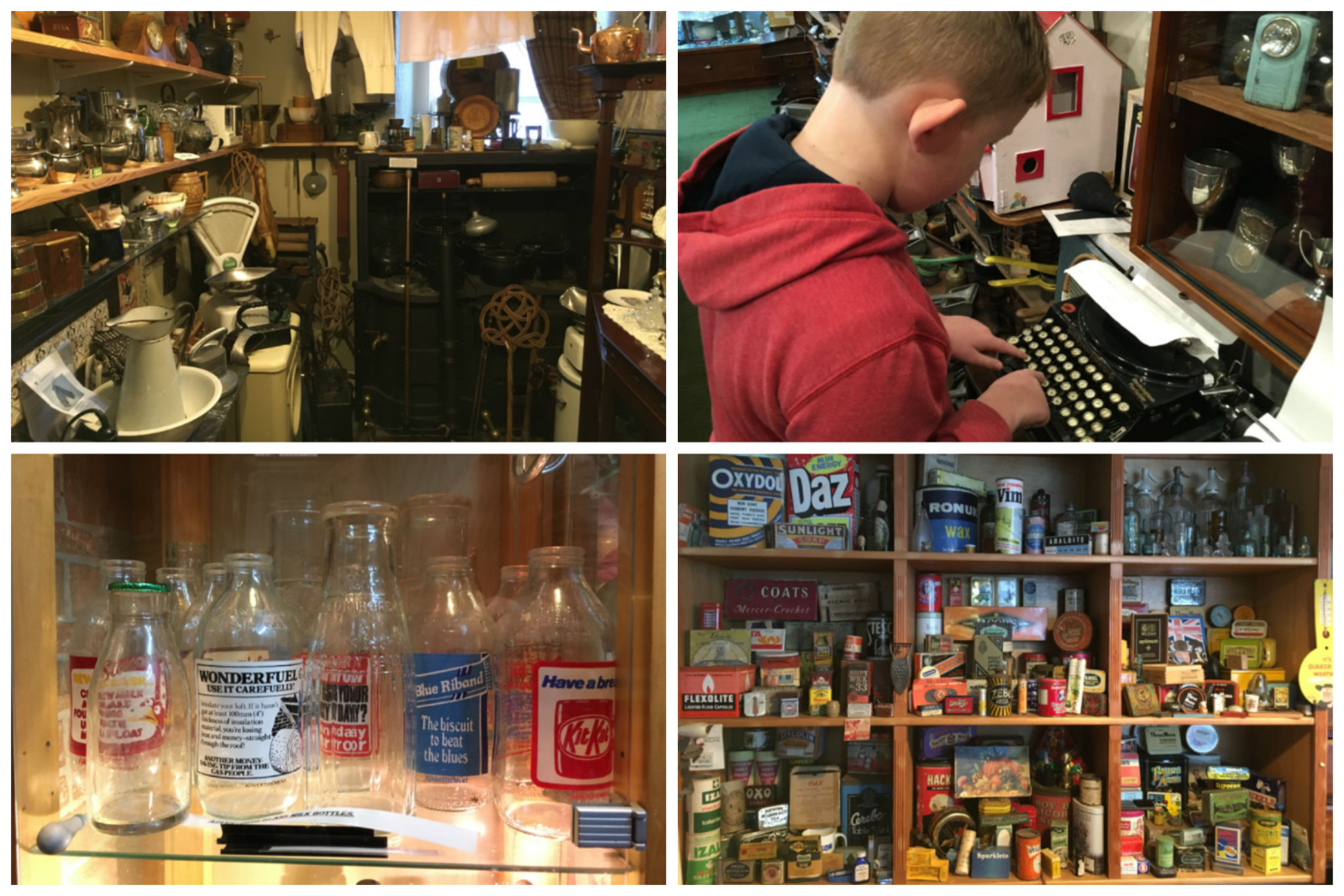
Continuing west from Dalbeattie takes us into the heart of rural Galloway, where life – and the traffic – noticeably slows down a pace or two.
Despite being one of the least visited parts of the country, this is an area with lots of good campsites and we stay overnight at Castle Cary Holiday Park in Creetown. There’s nothing quite like a campsite with a good pub, and the Laird’s Inn here is a cosy and welcoming hostelry.
DAY 2: NEWTON STEWART – STRANRAER via Mull of Galloway (105 miles)
On the map, Newton Stewart to Stranraer is only about half an hour’s drive along the busy A75, or maybe a little longer if you get stuck behind a convoy of HGVs heading to the Northern Ireland ferries at Cairnryan.
However, we’re following the far more interesting coastal road, which is about four times as long by distance and takes the best part of a day to complete. There’s a lot to see though.
From the market town of Newton Stewart, the route takes you to Scotland’s Book Town, Wigtown, then round the beautiful, rugged coastline of the Machars (great cycling country if that’s your thing), to the Mull of Galloway lighthouse, then Port Logan and finally the lovely harbour town of Portpatrick.
In fact if we’d had a little more time, we would have split this section over a couple of days to enjoy it even more.
If you’re an avid reader, a visit to Wigtown is essential. It’s full of shops selling new and second hand books and hosts an annual literary festival with a line-up of major figures from the book world.
We also wander down to the shoreline, where a memorial marks a gruesome period in Scotland’s history. The Martyr’s Stake commemorates the shocking execution of covenanters Margaret Lachlan and 18-year-old Margaret Wilson in 1685, for refusing to take an oath for Roman Catholic King James II.
The pair were drowned after being tied up on the mudflats and forced to wait for the tide to rise.
South of Wigtown, we follow the coastal route round the Machars peninsula, which boasts some of Scotland’s finest, and yet most under-appreciated, shoreline.
We stop-off at the tiny harbour village of Garlieston, where the bay was used to test the Mulberry floating harbours used in the D-Day landings in 1944.
The village hall has an interesting little exhibition about the village’s part in the war effort.
The sea sparkles in the sunlhine as we head along the coast to the picturesque village of Isle of Whithorn. A good part of Galloway’s appeal is its tranquillity. The winding roads that cling to the shoreline and criss-cross the countryside are a joy to drive on because they are so quiet.
Isle of Whithorn is right on the most southerly tip of the peninsula. From here it’s only 15 miles to the Isle of Man coastline, which explains why my phone decides to connect to a Manx mobile company when it loses the local signal.
The village has a graceful shoreline, charming seaside cottages and a harbour.
The Isle was pivotal in the spreading of Christianity as it was where Scotland's first saint, Ninian, came ashore and the ruins of a nearby chapel celebrate his works. Nearby there’s a poignant cairn, where people leave stones in memory of relatives and friends who have died.
We have lunch at St Ninian’s tearoom then continue along the coastal road that twists along the eastern side of Luce Bay before sweeping round to the opposite shore and heading south to Drummore and the most southerly village in Scotland. We’re actually further south than Newcastle, Sunderland and Carlisle here.
We then follow a long and winding road out to the Mull of Galloway lighthouse, perched on a 260ft cliff at the very end of the track.
It’s as remote as it gets, but the landscape here isn’t quite the harsh, wilderness you might expect. Instead we find sweeping sandy bays, rolling fields… and lots of cows. On the stretch of road leading to the lighthouse, cattle have the right of way and you have to take care as they wander across the road as they please.
At the lighthouse, there’s an exhibition and you can climb the 115 steps to the top of the tower, where you are rewarded on a clear day with spectacular views across to Ireland, the Isle of Man and Cumbria.
Overlooking the cliff edge, where gannets swoop and soar, we enjoy a slice of cake at Scotland’s most southerly coffee house before heading back north up the peninsula. It's an amazing spot and well worth the long drive.
Our next stop is the little village of Port Logan, with its pretty harbour where you can stop for a picnic.
A few miles further on, we come to the popular seaside village of Portpatrick, with its pastel coloured houses, pretty bay and dramatic cliffs.
There are quite a few campsites round here, and we pitch up at North Rhinns Camping, a quiet site for tents and campervans, around six miles from Stranraer.
DAY 3: STRANRAER – MOFFAT (110 miles)
From Stranraer we head north towards Ayrshire. About half an hour up the coast, we reach the small village of Ballantrae, where we stop off briefly to see a cave where a hermit lived a solitary life for 20 years.
Henry Ewing Torbet, known as “Snib Scott”, lived in the cave until he died in 1983 and after his death the locals put up a cairn in his memory, opposite the cave.
His old bolthole is still there, although the road no longer passes in front of it, and as far as I can tell no one is using it as a home.
You can't come to the southwest of Scotland without learning more about Robert Burns, the National Bard and writer of countless famous poems and songs, including Auld Lang Syne.
The most northerly point of the SWC300 is Alloway, where you can visit the cottage where he was born in 1759.
From here, the route leaves the coast for the last time and takes us inland, deep into the heart of the south Ayrshire countryside.
We pass through towns and villages like Straiton, Dalmellington and Sanquhar, the latter home to what is reputedly the oldest working post office in the world and another haunt of the aforementioned Burns.
Shortly after Sanquhar, we come off the main A76 road and take the Mennock Pass through the Lowther Hills, part of the Southern Uplands.
From the lush green countryside we’ve been driving through for the last few days, our surroundings suddenly change.
The countryside here is wild and largely uninhabited, surprisingly more reminiscent of the remote far north of Scotland than what we consider to be typical of the south.
The road winds through the slopes and mountains of the Lowther Hills, part of the Southern Uplands, before arriving at Wanlockhead, a former leadmining village and the highest village in Scotland as well home of the country’s highest pub, at 1,532ft above sea level.
We carry on east towards the main M74 motorway, and finally arrive at our last overnight stop, the Camping and Carvanning Club site at Moffat.
We’re late, and the reception is closed, but a special mention must go to the wardens who break off from their night off to check us in and help us get pitched. The tent goes up in record time and after a long day of driving, we treat ourselves to a well-deserved curry in town.
DAY 4: MOFFAT TO LOCKERBIE (17 miles)
Moffat is another of those places I’ve passed countless times on the motorway on my way to somewhere else, and never paid a visit.
But as we discover next morning, it’s definitely worth stopping. It has a charming main street, with a good selection of interesting independent shops, cafés and restaurants – and even a record shop selling second hand vinyl.
After an enjoyable morning in Moffat, we get back in the car for the final leg of the trip down the motorway to Lockerbie, where we started three days and 300 miles ago. A quick lunch and we set off for home, leaving the peace and quiet behind us.
WHERE TO CAMP ON THE SOUTH WEST COASTAL 300
HODDOM CASTLE
Hoddom, Lockerbie DG11 1AS
01576 300 251
hoddomcastle.co.uk
Situated close to Lockerbie and the main M74, Hoddom Castle is located in the landscaped grounds of a 16th century tower house, part of the 10,000-acre Hoddom and Kinmount Estates. The facilities include modern shower block, electric hook-ups, laundrette, shop, and the Coach House bar/restaurant.
CASTLE CARY HOLIDAY PARK
Castle Cary Holiday Park, Creetown DG8 7DQ
01671 820264
castlecary-caravans.com
A scenic family campsite, 10-minutes’ drive from Newton Stewart and the Galloway Forest Park. Facilities include indoor and outdoor pools, crazy golf, café, a games room and playground and donkey, as well as its own pub.
NORTH RHINNS CAMPSITE
Glengyre Cottage, Leswalt, Stranraer DG9 0RG
01776 853630
northrhinnscamping.co.uk
A peaceful, small rural site for tents and campervans, run by keen campers. The site features campfire hearths at most pitches and has a modern facilities block with toilets, shower, washing-up sinks and a small fridge freezer.
MOFFAT CAMPING AND CARAVANNING CLUB SITE
Hammerlands, Moffat DG10 9QL
01683 220436
campingandcaravanningclub.co.uk
A 180-pitch site surrounded by magnificent scenery but just a few minutes’ walk from the town. The site is flat with typically good Club facilities.
Finished reading?
Want more great UK travel and holiday ideas? Our UK camping destination guide is full of inspiration and advice.
Expert Camping advice to your door!

Camping magazine has been the voice of campers for over 60 years!
Camping is the UK's only magazine devoted to the wonderful world of life under canvas and the freedom it brings. Every issue is packed with inspirational travel, the top camping sites to stay on, reviews of the latest tents, camping gear reviews, practical help and much more to help you get the most out of your camping adventures.
Want to know more about Camping Magazine?
About Camping Magazine





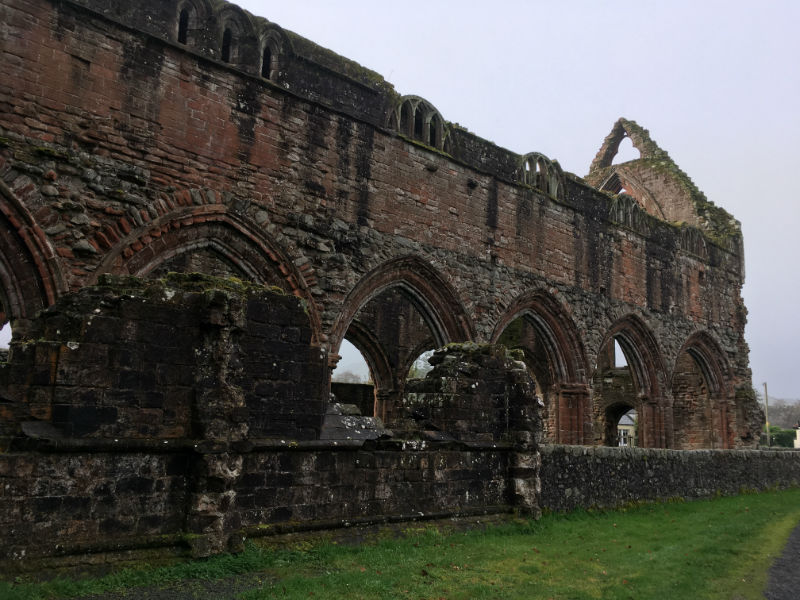
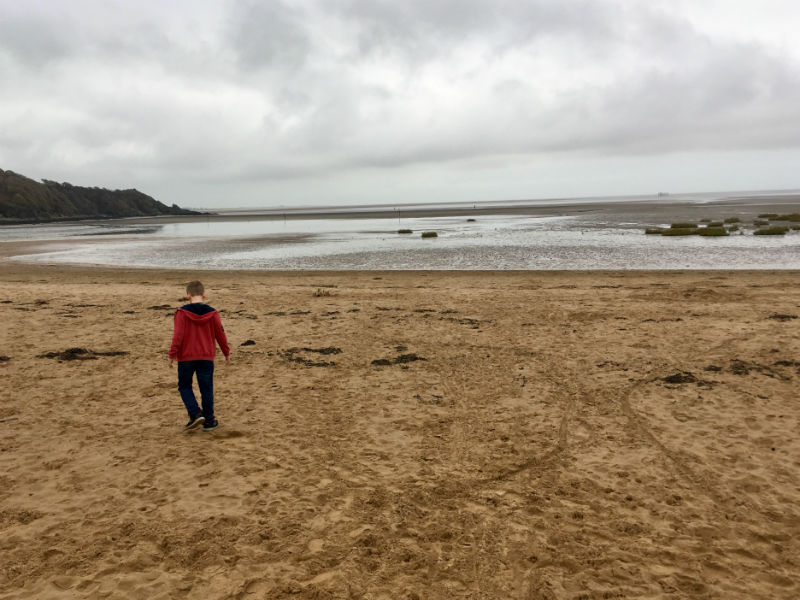
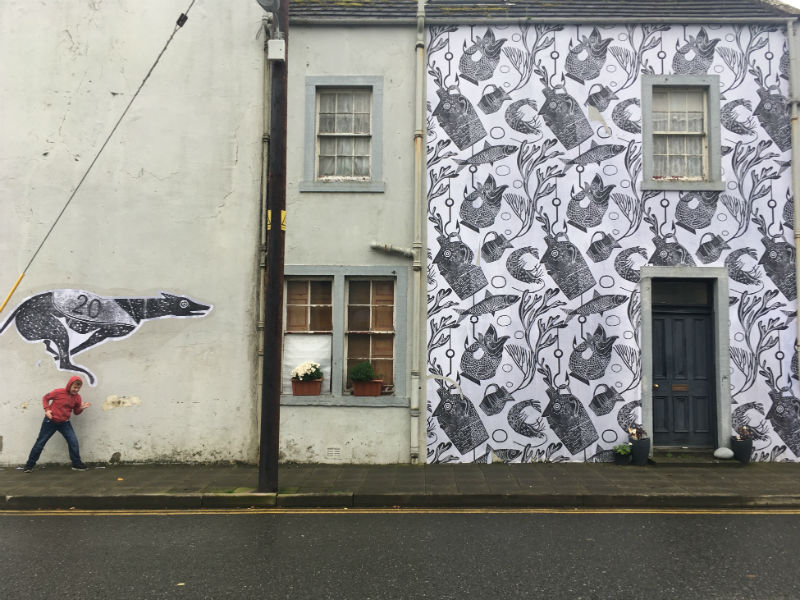
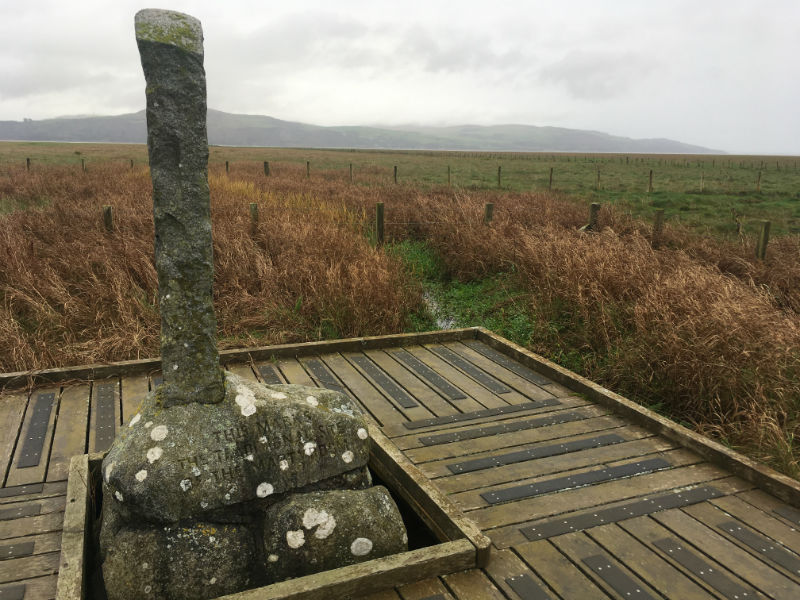
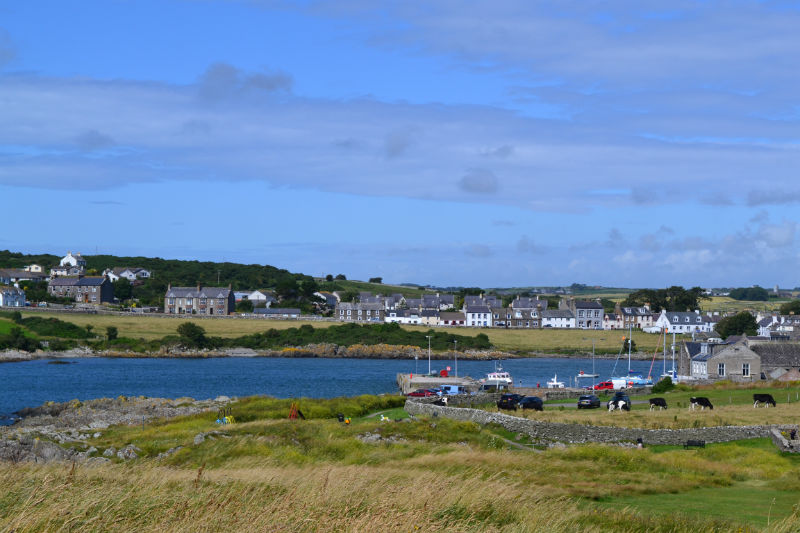
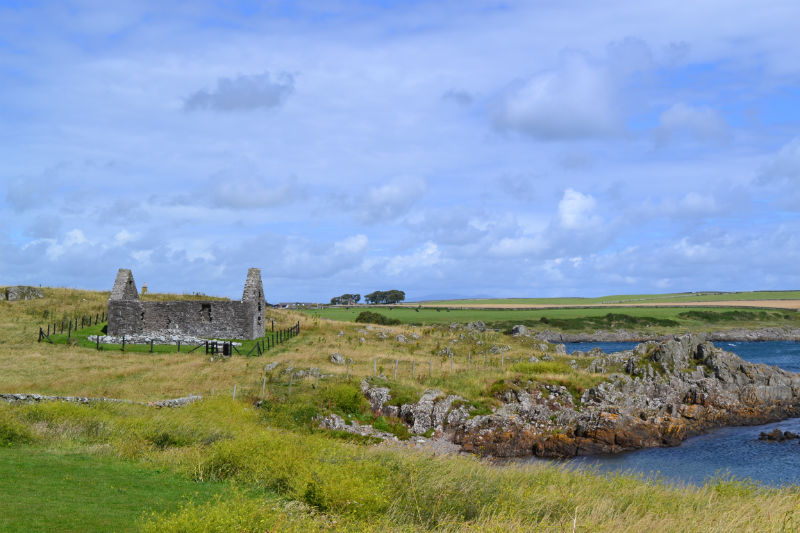
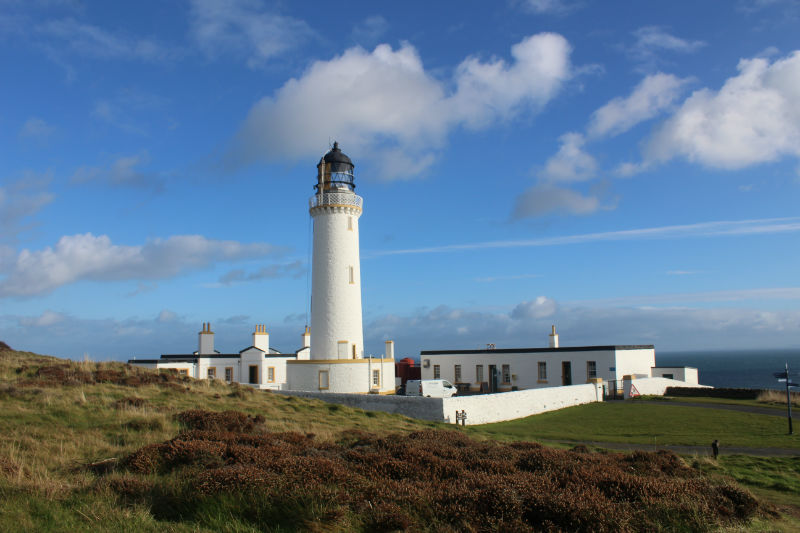
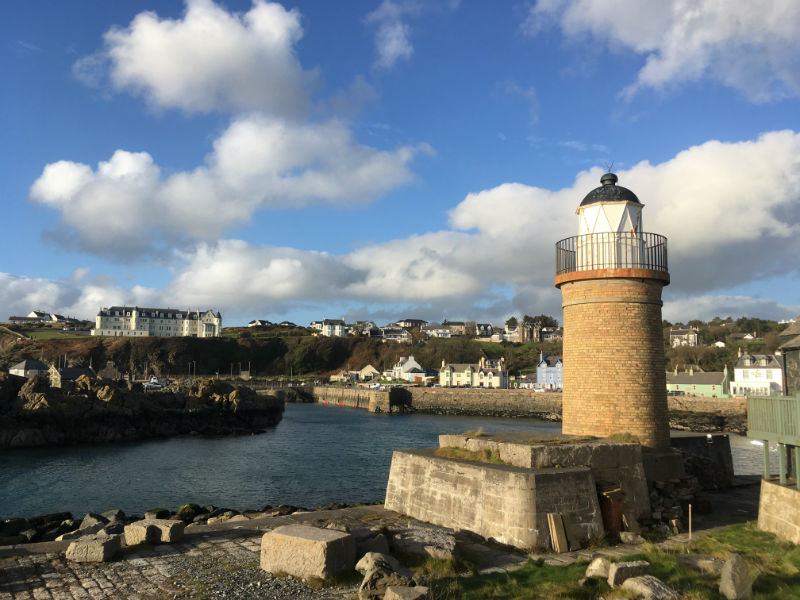
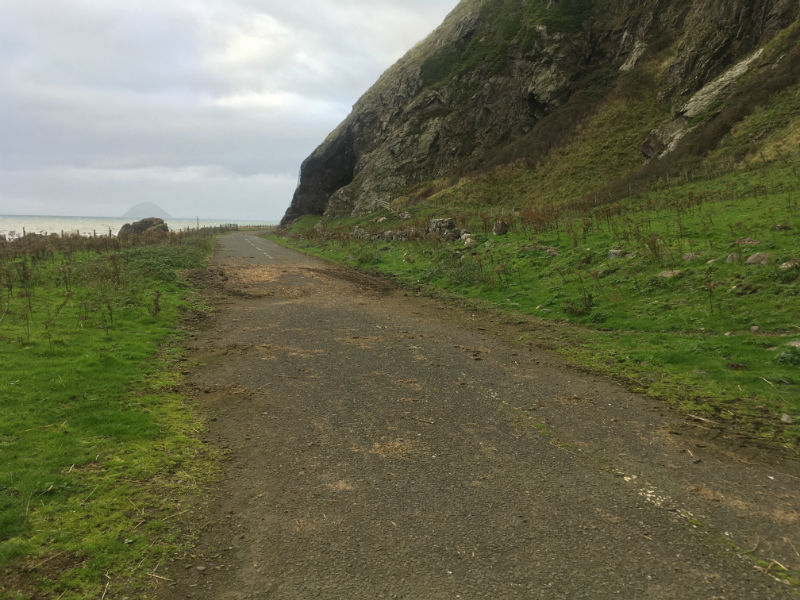
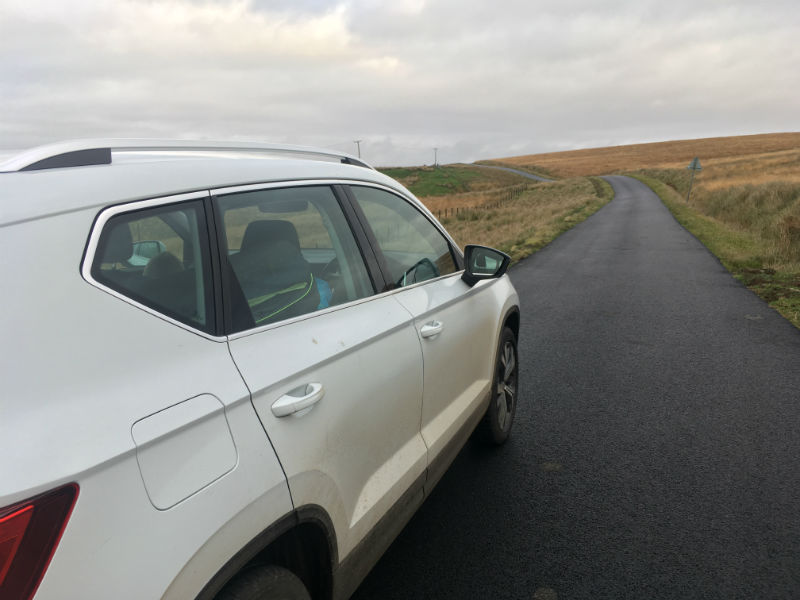
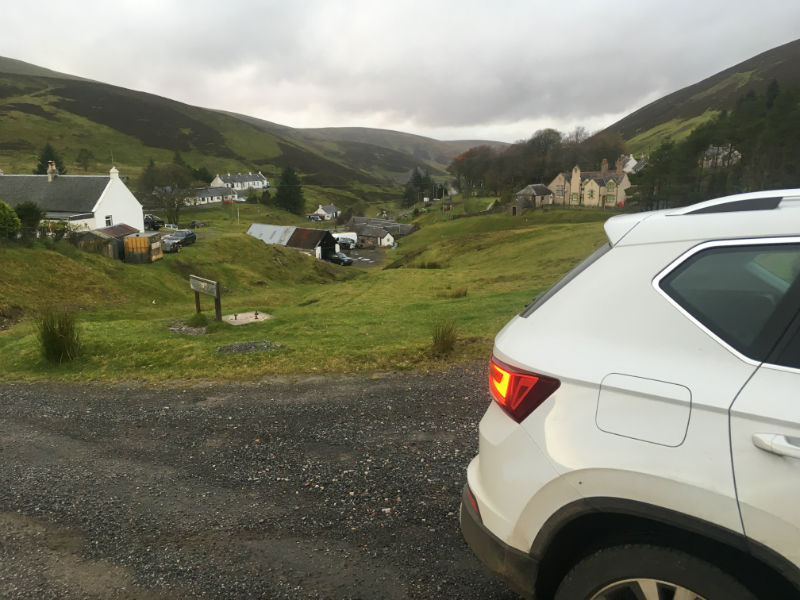
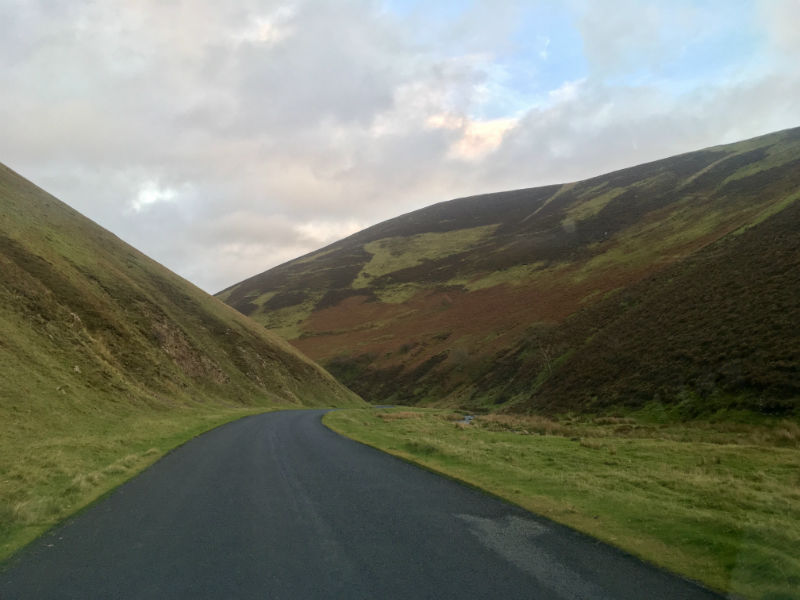
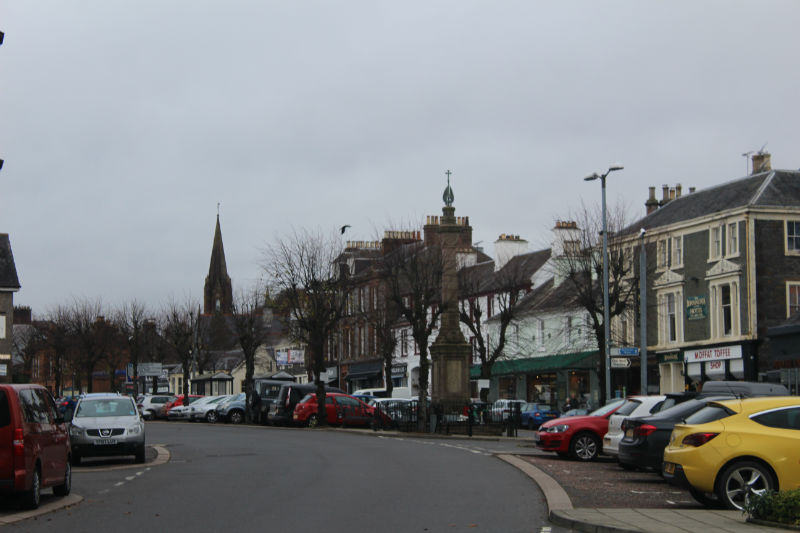

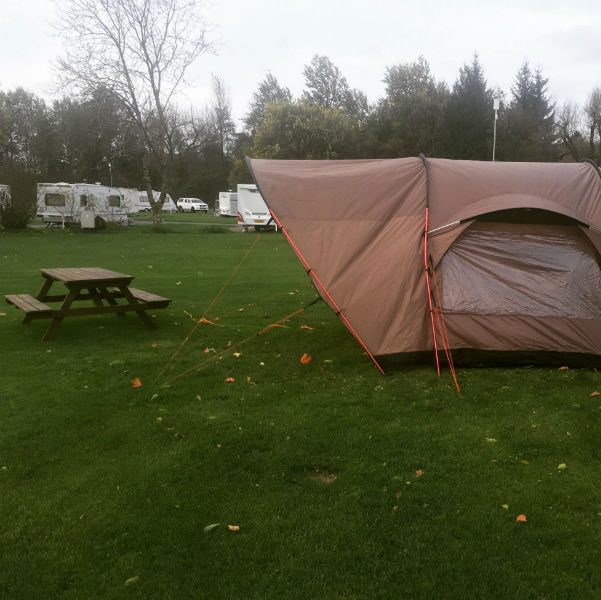


Recent Updates
Camping barbecue: our guide to cooking up a storm this summer
Is there anything more British than sausages grilled on an open flame and dropped on wet grass? Camping and barbecues go hand in hand, which is why ...
Our family camping checklist: everything you need to pack
Sure, you’ve packed the tent and the sleeping bags – but what about slip-on shoes and glow sticks? These are ...
Our guide to planning the perfect camping road trip
Roll down the window, pop on those shades and crank up the volume – it’s time for a road trip. Get ready for ...
Camping in Europe: our 12 top tips
If you’ve not camped in Europe before, there’s a few tips and tricks you’ll need to avoid some continental ...
Solar power for camping: all you need to know
Staying connected in the great outdoors is easier than ever with a solar charger – or is it? How reliable are ...
Wild camping kit list: everything you need for your next adventure
Make sure you’re ready for anything with this list of lightweight camping gear and clothing, including ...
Camping furniture: all you need to know to make your tent a cosy haven
We delve into the essentials of camping chairs, camping tables, and kitchen and bedroom furniture, ensuring ...
Camping lights for tents: What you need to know
We will guide you through all the lighting options available for you and your tent, including interior ...
Camping kitchen: all you need to know
In the great outdoors, a well-equipped camping kitchen transforms mealtime into a delightful adventure ...
How to pack away your camping gear for winter
A complete guide to packing and storing your gear at the end of the season ...
Other Articles
Camping guide to trailers
Trailer stash or trailer trash? Being able to carry lots of other gear when you go camping isn’t such a bad idea, is it? Nick Harding looks at the ...
Winter camping: all you need to know to keep warm
Winter doesn’t have to mean the end of the camping season. With good preparation and the right gear, there’s ...
Camping toilets: a complete guide
If you are wild camping, camping off-grid or the campsite you book onto doesn’t have toilet facilities, you ...
Top tips for camping in windy weather
How to make sure your tent stands up to gusty conditions ...
Camping tents: a complete guide
If you're considering buying a camping tent, whether it's your first time or you're a seasoned camper, making ...
Camping sleeping bags and beds: a complete guide
When it comes to camping, there's one essential item that can make or break your outdoor adventure: the ...
Camping gas: how to use gas on the campsite
A complete guide to using camping gas appliances safely on the campsite, from choosing the right stove to ...
Camping storage: a complete guide
Having problems knowing where to put all your gear when you're camping? Read our top tips and see some great ...
Camping electric hook-up: a complete guide
This is everything you need to know about using electricity on a campsite, including how to hook up ...
How to pack all your camping gear into your car
Planning a family camping holiday? Find out the best way to fit all the kit you need into your car boot, roof ...